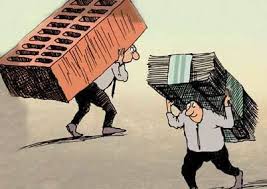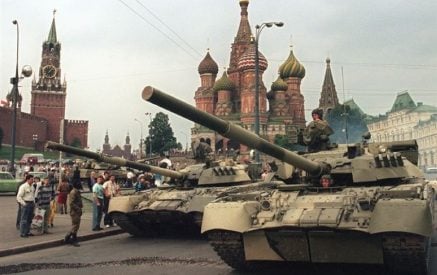Recently, a citizen approached me (or maybe a “KGB” provocateur) and said that he is reddy to take Baghramyan 26 by storm, and if there are a couple of thousand “rebels” like him, they will make it working. However, apart from this delirium, and he also presents right observations, one of which was that the riches and the poorest are left in Armenia, and it is an issue from the prospect of national security.
The matter, as you understand, is about the growing gap between rich and poor, which is a problem not only in Armenia. In Russia, for instances, the gap between 10 percent of the richest and 10 percent of the poorest is more than 30 times, although the “officially” indicator is 16 times. This was recently announced by the former Director of the Scientific Research Institute of Statistic Vasiley Semchara, who left his office exclaiming, “I’m tired of lying.” Semchara had also brought in a number of other notable differences between the real and official, but let’s focus only on this indicator.
There is no such official number in Armenia, the gap can be determined only by estimation. Let’s take an “average” poor, the teacher receiving 100,000 drams per month, and an average rich, for example, the “average” customs bribe-taker (not of the union but the service), who receives 10.000.000 “unearned income” per month (minimum he will grab 800 dollars per day). The difference between them is 100, which is awfully big number.
Officially, there are no such figures in the world (everybody, probably, are hiding the truth). Let me present some UN information: Brazil 57.8, Argentina- 34.5, Georgia- 15.4, UK- 13.8, Japan- 4.5. According to some scientists, for the country’s stability, it is necessary for this gap to be 10 times less. Such favorable conditions, for example, were in the USA in 1960-70’s. However, since the Reagan era, as we know, the situation changed, and the continuing gap is a major challenge for the Obama administration.
Generally, there are two theories in this matter: one argues that this gap contributes to economic development. And, the other, on the contrary, believes that it hinders the development. I want to believe that the supporters of the second theory are right. The “textbook” solutions of the problem are known, in particular, redistribution of the revenues through taxes, equal access to education for different groups.
However, I think that these prescriptions for Armenia are not applicable. No matter what kind of taxes are set, it’s all the same, the rich would not pay them because they are either merged with the power, or they are the very official. As for the education, the Prime Minister had also talked about this prescription, allegedly the education is a way of overcoming the poverty. But, it does not work in Armenia. More than half of our people in the Parliament are rich, but whether they got rich thanks to education.
Aram ABRAHAMYAN


























































